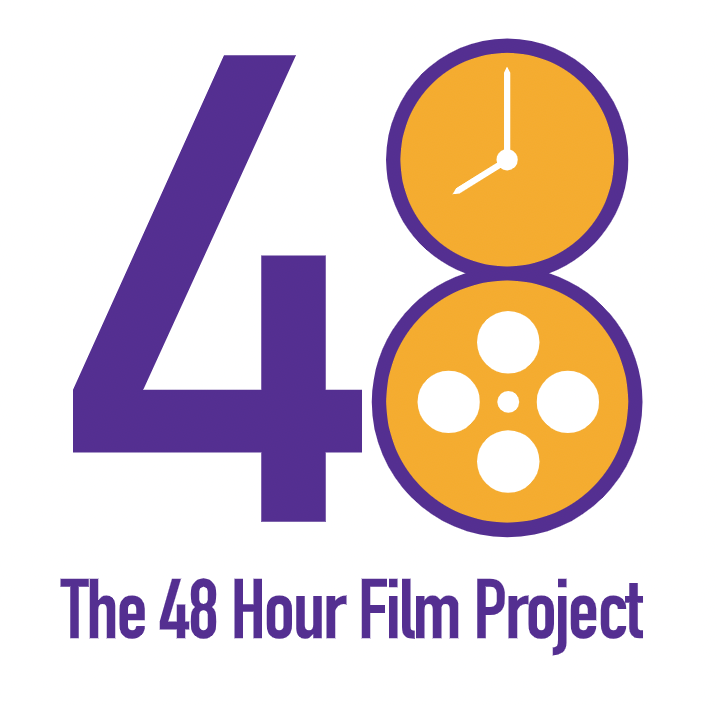Frequently Asked Questions (FAQ)
I can’t play the sound files.
The following steps should resolve all audio issues:
1. Check the volume of your computer or mobile device.
2. Make sure you are left-clicking or tapping the play button (triangle) on the left end of the sound bar.
3. Update your internet browsers to the newest versions.
4. Clear the cache on your browsers.
5. Try a different browser (Google Chrome, Firefox, Microsoft Edge, Opera, or Safari).
If you still can’t hear the audio, please e-mail Executive Editor Cameron Meier at editor@dialectsarchive.com.
May I download or make copies of the IDEA files?
Downloading is not possible directly from the website. However, the native files are available to lease for research purposes. For all questions regarding permissions and copyright, please see Copyright and Credit Information.
Can I advertise on this website or support IDEA in other ways?
Yes. There are many ways to support this free website. For more information, see our Support IDEA and Sponsor IDEA pages.
When was IDEA founded?
Paul Meier started the archive in 1998.
How many samples does IDEA contain?
As of September 2024, the archive had 1,691 traditional samples and 68 entries in our Special Collections.
Why are some places, ethnicities, and races not represented?
While we strive to represent as many places, cultures, dialect, races, and ethnicities as possible, there are still gaps in the archive. Because all our editors are volunteers, we are unable to issue specific assignments or insist that certain subjects be included. Instead, we rely on our editors’ generous time and scholarly efforts, and they do the best they can to collect a wide variety and diversity of subjects. This is where YOU can help. If you notice a gap in the archive, why not contribute a sample? Check out our Wish List or Global Map to see what we are missing. Also keep in mind that immigrants are usually categorized under the country in which they spent their formative years. So, for instance, you might not see many Indian or Pakistani subjects included under England, even if they are now living in England. Instead, you would see them categorized under India or Pakistan if that is where they spent their formative years. The same would hold true for Hispanic/Latino subjects who moved from Central America or the Caribbean to the United States as adults.
I believe that some of the phonetics are incorrect. Have these been checked? Does it matter?
In short, yes, it does matter. Please first consider if this is a rendering error caused by fonts displaying incorrectly. Are there simply blank boxes appearing, or diacritical markings that have migrated left slightly? This would be a display issue rather than a phonetic error. IDEA is an increasingly utilized phonetic and dialect resource. We do, however, rely upon our individual editors to supply correct information with meticulous attention to detail. Human error, not to mention computer error in the transliteration of fonts, is easily introduced and can result in phonetic work that appears to be, or is, inaccurate. IDEA has adopted a peer-review process to ensure the continued legitimacy of the archive. Please report all errors to editor@dialectsarchive.com.
What fonts are you using, and why?
This site was designed to maximize usability. It is a free resource, but we also hope to make it the best resource for dialects of English. As such, we have elected to use a darker gray font color to fit with a clean, modern aesthetic. Fonts that complement this aesthetic and are widely supported by browsers include the sans serif font Arial, our primary font.
Keeping with the sans-serif motif, we next carefully examined several IPA fonts. It was our hope to find a single, unifying “body” font that would be sans-serif and have excellent accuracy and legibility in the area of phonetics, as well as pleasantly flowing in a justified alignment for readers focusing on orthographic and biographic sections.
We found that most IPA unicode fonts (Charis SIL, Doulos SIL, Lucida Sans, etc.) were less pleasant for the general text body, were less legible for our transcriptions, or both.
As such, IDEA employs Arial for its primary body source, keeping with a clean and modern aesthetic. However, if you are using Windows XP, Arial might not support phonetics. IDEA is best viewed with an operating system that is post Windows XP.
Our site attempts to use the following, preferential order: Arial Unicode MS, Lucida Grande, Lucida Sans Unicode, Arial. This list is based on balancing various operating systems, browsers, aesthetics, and support of the full IPA, including diacritics and suprasegmentals.
In some cases, PDFs of the original transcriptions are embedded to minimize error, but because PDFs are not easily searched, we attempt to include the transcription, in a Unicode font, in all samples. The transliteration from various antiquated IPA fonts to unicode-compatible fonts that have cross-browser and multi OS platform support is challenging. Please report errors to the staff of IDEA.
More about phonetic fonts for use on the internet can be found in this article by John Wells.
 IDEA: International Dialects of English Archive
IDEA: International Dialects of English Archive




